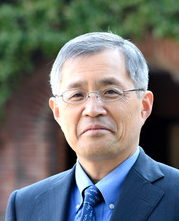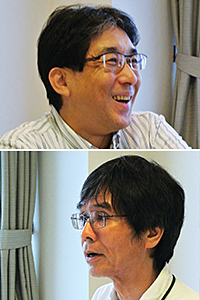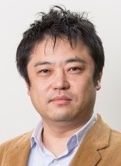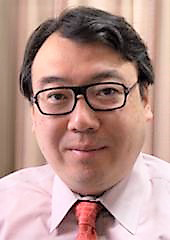
The application of the Sustainable Development Goals (SDGs) is being promoted in organizational management in a variety of realms. The SDGs are also being focused on as one of the essential parts of the management of local governments and cities, and practical initiatives are being conducted. This paper explains the characteristics of the SDGs and the methods of thinking behind them, introduces practical initiatives carried out by Japanese local governments and presents the points of view expected for future developments. 1. The SDGs applied as common goals Japanese companies and local governments focus on the keywords of the SDGs, and practical initiatives and applications by a wide range of actors are being promoted as common goals pursued globally. For example, Corporate Social Responsibility (CSR) Reports are intended to fulfill accountability for how individual companies regard their relationships with diverse stakeholders in society and what ... ... [Read more]








